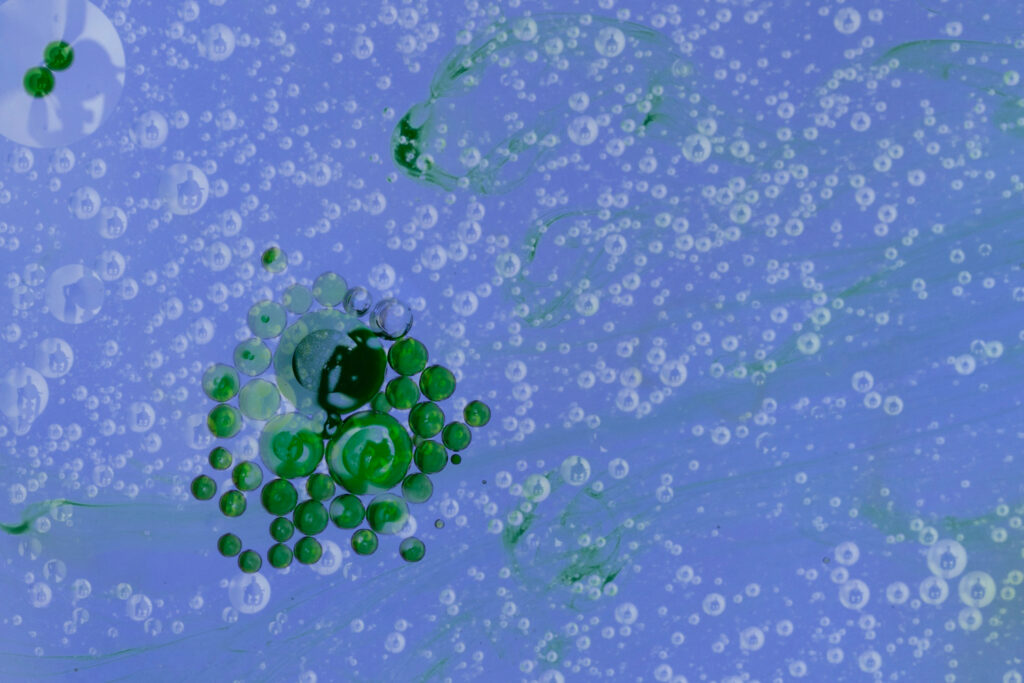How genetically modified bacteria are helping clean our oceans

Las bacterias modificadas como V. natriegens están revolucionando la biodegradación del plástico en entornos marinos
Plastic pollution in the oceans is one of the greatest environmental challenges facing the planet. Through innovative biotechnological solutions, researchers are developing new methods to address this issue effectively.
Polyethylene terephthalate (PET) is a widely used plastic in packaging and bottles. Although it is highly recyclable, much of it ends up in the oceans, where it poses a serious threat to marine life and ecosystems. In the ocean, PET can fragment into microplastics—tiny particles that are ingested by fish, birds and other marine organisms. These particles not only harm animal health but can also enter the human food chain, raising public health risks.
The problem is that PET is resistant to natural biodegradation. Its persistence in marine environments means it can take hundreds of years to fully break down. This is where biotechnology has made a crucial leap by offering a solution based on living organisms capable of degrading this plastic effectively and sustainably.
Genetic engineering: bacteria designed to break down PET in the ocean
A team of researchers from North Carolina State University has developed an innovative approach using genetically modified marine microorganisms. They worked with two key bacterial species: Vibrio natriegens and Ideonella sakaiensis, to create a system that could break down PET in saltwater environments.
The process began with the identification of a gene in I. sakaiensis responsible for producing enzymes capable of degrading PET. These enzymes, known as PETases, can break the chemical bonds of plastic, turning it into simpler compounds that microorganisms can process.
The next step was to incorporate the PETase gene into a plasmid—a small DNA molecule that can replicate within cells. This plasmid was introduced into V. natriegens, a marine bacterium known for its rapid reproduction in salty environments. By enabling V. natriegens to produce the PET-degrading enzymes on its cell surface, the researchers created an efficient microorganism for plastic biodegradation in seawater.
The results of this experiment were promising. For the first time, a genetically modified bacterium was able to break down PET microplastics in a marine setting. This represents a major advance in the fight against plastic pollution, offering a solution that can be deployed directly into the oceans.
The potential of modified bacteria to fight marine pollution
The use of genetically modified bacteria in plastic degradation opens a new perspective in waste management. Unlike traditional cleanup methods, which are often costly and logistically complex, this biotechnological solution works directly in the affected environment, breaking down plastics into compounds that do not harm marine ecosystems.
One of the key advantages of this approach is the ability of V. natriegens to reproduce quickly in saline environments. This means the bacteria can adapt to different oceanic conditions, making them a scalable and efficient tool. Additionally, by breaking down PET into simpler molecules, the process becomes sustainable and does not produce toxic residues.

Although initial results are encouraging, it is essential to consider the ethical and safety aspects of releasing genetically modified organisms into the environment. Researchers are working to ensure that these bacteria fulfill their role without causing unintended side effects on marine ecosystems.
The development of microorganisms like V. natriegens also highlights the importance of interdisciplinary collaboration. Biologists, genetic engineers and environmental scientists are joining efforts to refine this technology and explore its global application. With further research, this solution could become a key tool to reduce plastic pollution and protect the oceans.
Conclusion
Plastic pollution is an urgent environmental challenge, but advances in biotechnology offer new hope. Genetically modified bacteria like V. natriegens represent an innovative and effective solution to break down plastics in the ocean. This approach not only addresses the problem of microplastics but also sets a precedent for the use of living organisms to combat the negative impacts of human activity.
Adopting these technologies and continuing to explore their potential is essential to mitigate marine pollution. As we move toward more sustainable solutions, tools like this could make a real difference in restoring ocean ecosystems and protecting the health of the planet.








